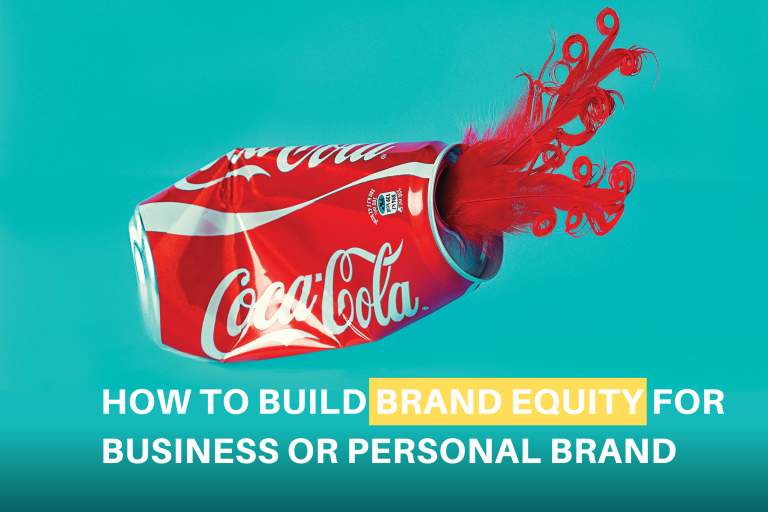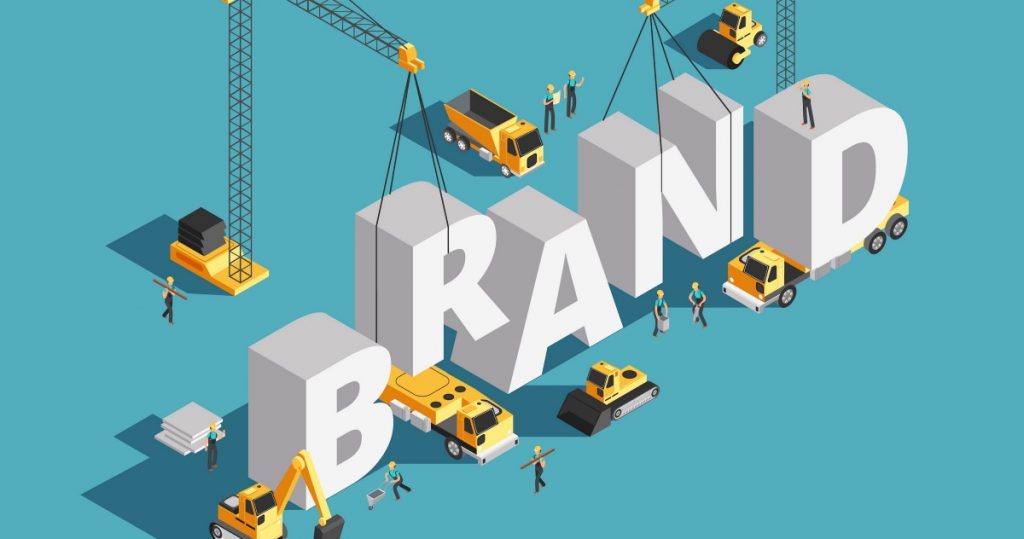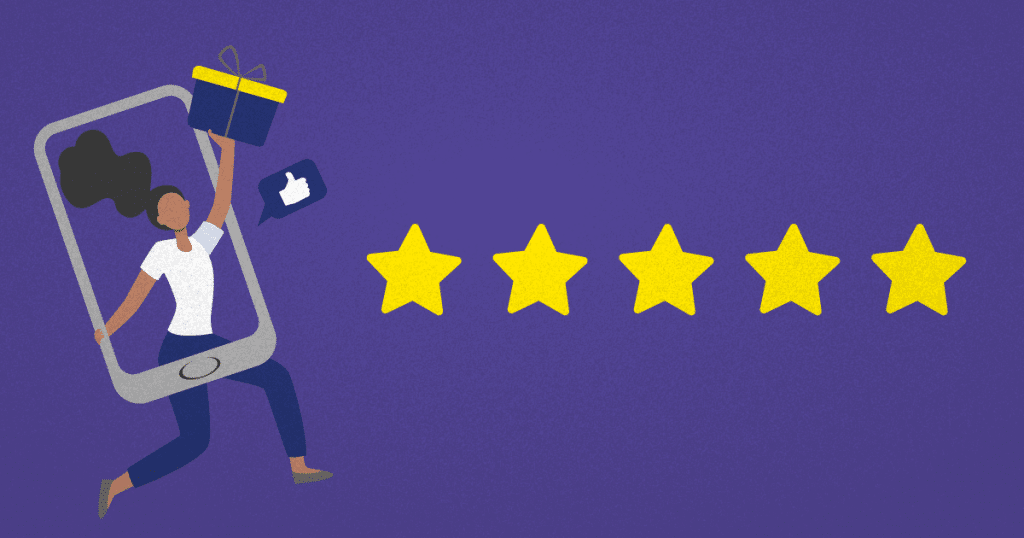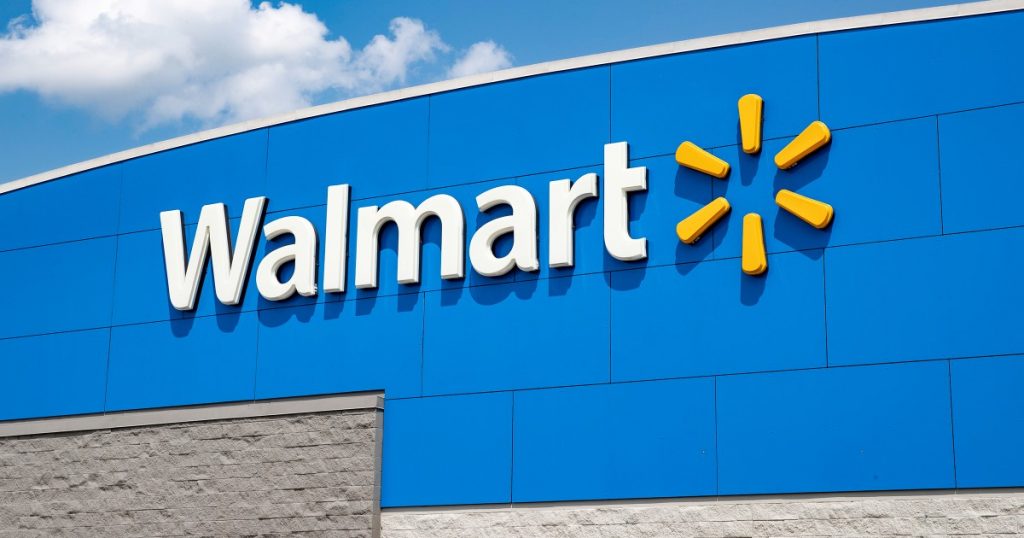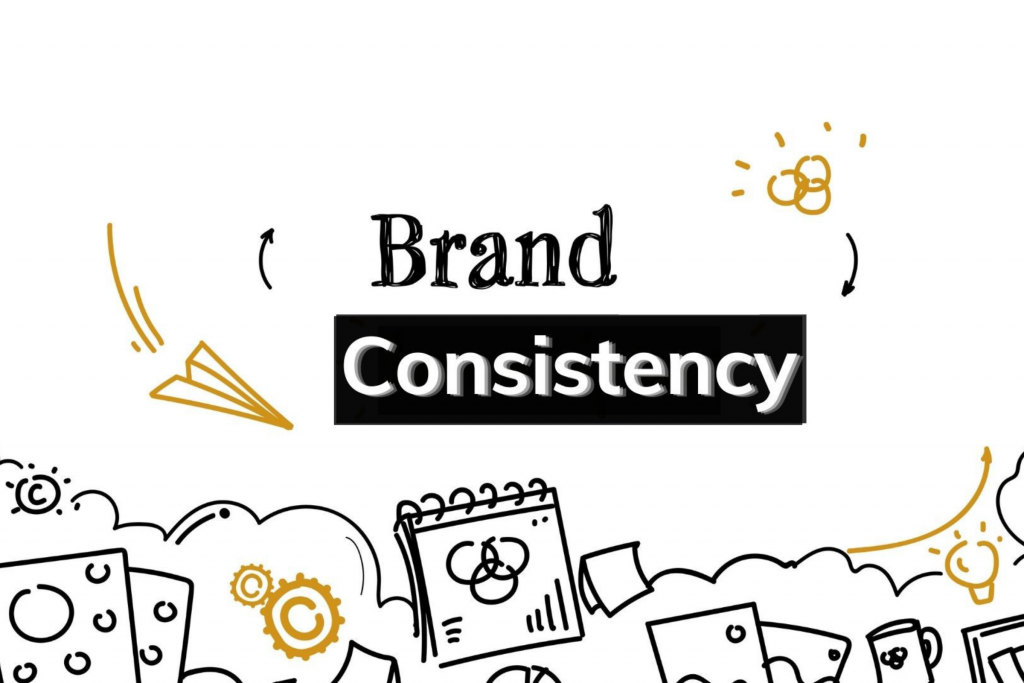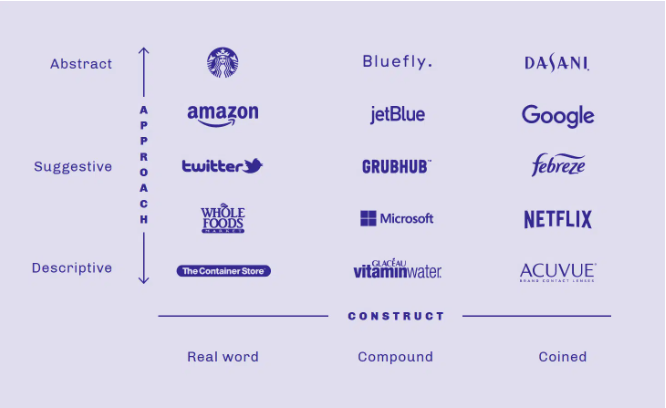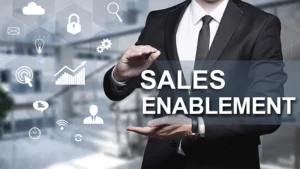What is brand equity for a business or personal brand? Marketing Evolution tells us that “brand equity is the level of sway a brand name has in the minds of consumers and the value of having a brand that is identifiable and well thought of.”
In this article, we will discuss how this shows the value of your brand with brand loyalty, perceived quality, association to the brand, awareness of the brand, and proprietary and other assets.
There is positive and negative brand equity, and the negative may not always be directly tied to your business, as seen in a Shopify article from 2010 when BP had a decline in its brand equity due to an oil spill in the Gulf of Mexico.
At times when business is booming and you open another location, crowds can become so large that intervention is needed, such as crowd control from the local authorities.
Why is Brand Equity Important in Today’s World?
Value is necessary for every business, attracting prospects to your brand and creating more awareness.
These, among others, are reasons why Brand Equity is very crucial in today’s world. Brand Equity is significant to how one sees the value of their brand.
Looking into this early on will help develop and take your brand into the future and achieve a profit.
Create your personality.
Be creative to stand out from your competition and capture your market share in a world full of fickle consumers, as The Guardian says in an article.
Remember that Brand Equity is an asset that can lead to higher buying from consumers. Those with purchasing power would rather spend their dollars on something they are familiar with than a less familiar brand.
Let’s use this Forbes example. Xiaomi smartphone models come comparable to the newest iPhone options in terms of how they function. The Xiaomi smartphone is also around three times lower than the iPhone.
So why would a consumer want to buy a product that costs significantly more than another? It is simple—brand equity. Consumers will most likely purchase something from a brand they are familiar with, like in this case, iPhone.
Achieving the status of being known is not an easy task. Big brands spend big money to get their products out in front of you.
Marketing strategies create excitement and make the buyer feel positive and happy. Consumers who notice brands with these positive attributes tend to gravitate more toward them and thus have more reasons to purchase.
Obtaining and keeping a loyal customer is far cheaper than going out and trying to find another one. Long-term relationships keep customers returning for the brands they love and value.
This tactic helps keep down marketing costs and gives you leverage over your competitors in the long run.
Benefits of Brand Equity to Brands and Businesses?
There are brand and business benefits of having good brand equity.
Customers are willing to stick to and pay more when a business has strong equity. Let us discuss the four brand benefits.
What will customers get? Will the product be functional?
It is not a secret that customers will not only pay more for a product backed by substantial brand equity; they will also continue to stay loyal. For example, people pay the premium for things in a blue box or some electronic equipment with an apple on them. Is the quality of the products better than that of competitors?
Probably not, but maybe. Perception is critical, and that is a big boost.
Folks also get emotional when focusing on Brand Equity–does it make them feel warm and fuzzy?
Performance is relevant in how it meets the needs of your consumer. If it is environmentally friendly, the responsibility falls on hopes of getting more and keeping loyal customers that believe and focus on those values and can demonstrate loyalty.
Further loyalty can be through target marketing, person-to-person, and, most importantly, first-hand customer experience.
Another excellent brand benefit is showing how customers are perceived and self-expressive.
When everyone is enthusiastic, and your brand is recognizable, negotiating power becomes king, and your cost of goods can be lowered drastically. Do not forget about what the consumers want. How will you benefit them?
Keeping customers happy and loyal makes unhappy people, namely your competitors. Remember that the most significant and best loyal customers will purchase anything new from you sight unseen. Products with logos, great pricing, and a fantastic reputation will push you to the head of the pack and remain there even longer.
Sit back, think, and ask yourself: does my company have brand equity that stands up to the competition?
Building a Strong Brand Equity? What Strategies Work?
As you go across in your mind the brands that you love the most, you may say brands like Netflix or Dove, at least that is what some folks in the AdRoll Blog think about.
“If people think highly of a brand, it has positive brand equity.”
Positive thinking of your brand is essential so they will continue to use it and recommend it to others. Please go out and talk to customers and create a poll to see how much knowledge consumers have of your brand, either with you doing it personally or through a team of canvasing personnel.
Newsletters, direct emails, and a question-and-answer poll on your company website are great ways to engage customers.
Now that you have the customers, you will need to continue to develop those relationships and have them trust you.
Convince customers to utilize your brand, give them a sample, discount, or the ability to see it up close. When these strategies work, customers become loyal to your brand and promote brand awareness.
Another way to garner brand equity is to let everyone know your brand’s story. What does the brand stand for, the values, and what makes it unique to you?
Company websites are the perfect place to tell your stories. Social media is another way. Do not forget to take the customer experience and invest in it to show your customers that they are valuable. When you show interest when customers have positive experiences, they remember that.
Those same customers also remember terrible experiences. Please take note of them, and when you are exploring ways to fix them, do the shock and awe!
In conclusion, monitor your marketing efforts periodically, and stay on top of your brand’s mission, ensuring that it is still being focused on and met currently and in the future.
Maintaining a Strong Brand Equity: How Does This Work?
After creating strong brand equity, you must learn how to maintain it. Branditechture Design Agency feels that there are seven secrets to building and sustaining brand equity.
What do customers think about when they see the “Nike swoosh?”
Some say the company, Nike, while others say, “Just Buy It.” Another example is young and old kids seeing those Mickey Mouse ears.
In their minds, it triggers, “Oh, Disneyland or Disneyworld. Each of these illusions is a result of brand equity.
Engagement with customers is vital; your brand is almost nothing without them. Consumers need to feel loved and appreciated. Create a logo for your brand that stands out and is easy to remember.
Thinking back on logos when consumers see an “apple,” they immediately know the recognition and company.
Feedback is crucial, especially when customers complain or are not happy. Listen to them attentively and make it your most important focus to satisfy their needs. Remember to factor in room for improvement so that if something is not working, you can change it.
Feedback before a consumer makes a purchase would be ideal. However, it usually only comes after they have made their purchase.
Create a way to channel and gather good and bad customer feedback and always respond to both kinds as people love to be acknowledged and feel you are listening to them. Address negative feedback head-on, correct any mistakes, and focus on improving the strong points.
Always be consistent!
Customers respect those companies that are always there for them. Utilize the “under-promise and over-deliver” approach. Exceeding customers’ expectations is a great way to “WOW” them.
This method will almost always have them returning for your product. Remember that some consumers will not always be happy no matter what you do. Create outstanding customer experiences, and do not feel bad about using influencers to help with promoting your business.
Highlighting Companies (or Personal Brands) With Strong Brand Equity
There are several companies/brands around the world with strong brand equity.
What happens when brand loyalty is lost? Well, that is easy; they disappear.
As noted in a Frontify article, Sears at one time was America’s largest retailer, and along came Walmart in 1991.
There went Sears first to bankruptcy and ultimately closing hundreds of stores.
The loss of brand loyalty for Sears is not the only example.
BlackBerry and Toys “R” Us also felt a similar demise.
Do not let this big-name brand falls deter you; there are ways to maintain one’s financial success and those loyal customers. Let us look at Walmart and what keeps them going when retailers are holding on by a thread.
The answer is simple; their position remains the “low-price retailer,” and they have been doing this feat since 1962.
While others focused on urban areas, the founder of Walmart turned his focus to those suburban and rural areas and always kept the prices low. Using this position and approach worked brilliantly, as the company added stores in states, regions, and internationally.
Communication of low cost to customers has always been first and foremost for Walmart. Guaranteeing this approach is valuable and helps maintain loyal customers. Walmart went from a single store in Arkansas to close to 12,000 stores in over 25 countries.
Walmart is a product of being devoted to the customers and customers being loyal to them. This company is an excellent example of why one should put their brand out there against the competition, in their customer’s minds, and be brand consistent.
Remember to keep access to your brand accessible for the consumer, do not make them look for it. Also, keep things consistent.
Should a customer visit a store in Los Angeles, they should also be able to expect the same experience in Miami.
The Disadvantages of Not Having a Strong Brand Equity?
Poor consumer awareness is bound to happen when a business has weak brand equity.
The disadvantages of a weak brand name, as described in smallbusiness.chron.com, shows that successful business can and have opened without giving any meaningful consideration when they develop and create a brand name.
Picking a solid brand name and staying true to the brand’s mission appears fierce and bold. When a brand name of complexity is created, it is easy to forget it.
One-word titles, such as Starbucks or Nike, are easy to remember and visualize.
The organization will almost always see a poor consumer showing with a weak brand name. Some companies that have been in business for a bit will rebrand their names to help maintain and gain customer loyalty.
One such example is FedEx; they started as Federal Express. A firm brand name also makes launching a new product easier. The customer base is already there.
More substantial brand equity helps brands with the added value of their products, service, and business. A brand’s name’s life can also excel by adding a financial element to the company’s bottom line.
Companies and consumers suffer when they create and continue business operations with a weak brand name.
Final Thoughts On Building Brand Equity
To summarize, building substantial brand equity is crucial to bringing in and regaining brand loyalty.
Customers want to conduct business with those that stay true to their missions and what they say they will do. Continued communication with customers concerning positive and negative feedback a company encounters shows consumers that they are there for them and will do what is right.
A company that constantly engages its customers and seeks feedback will foster a following that will remain with them for years.
These same customers will bring additional followers as they let others know of the definitive treatment they are receiving.
Remember that when customers are not being served positively, they also share their negative experiences with those around them. It will be a balancing act of keeping those that are brand loyal and attracting new customers.

